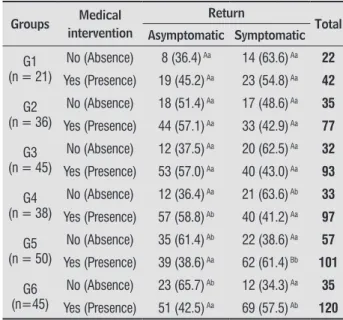Sports injuries in soccer according to tactical position: a retrospective survey
Texto
Imagem



Documentos relacionados
Conclusion: Soccer was the most common sport among the injured athletes, injury kind most frequent was joint injuries and knee was the body part most injured.. Chronic injuries
The objective of the present study was to analyze the joint flexibility, muscle extensibil- ity and the SI prevalence in soccer players according to age: young and
In conclusion, evidences have showed that joint injuries in lower limbs are the main classical ballet injuries in ballet practitioners, and weekly exposure time is the most
In conclusion, the most common causes of childhood ocular morbidity in this study were injuries, allergic conjunctivitis, infections and refractive errors.. These
Pode-se perceber então que o controle vetorial com modulação senoidal apresenta menor corrente de fase eficaz, o que caracteriza em teoria menos perdas por
Constituída por 202 participantes, a amostra, por meio de uma checklist de tarefas pós-morte e do Instrumento de Avaliação do Luto Prolongado (PG-13) e com recurso a
observar que a amplitude de mudança da probabilidade de escolha pelo transporte rodoviário é maior com o aumento da diferença tarifária entre os modais do que quando há
quatro subtipos: no tipo 1, RP difusa severa com o campo visual central afectado, sem resposta nas fases de cone e de bastonete no ERG; tipo 2, o paciente apresenta